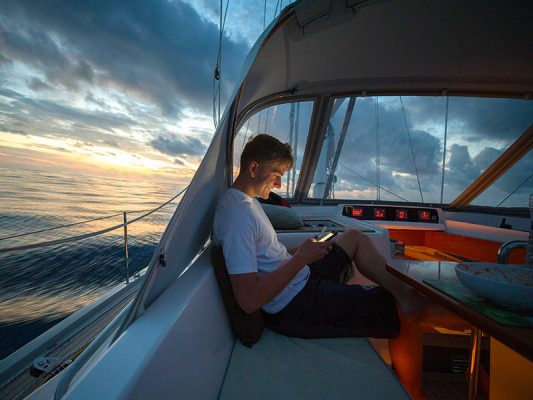The Internet has become an essential part of almost all our lives, so how can we keep connected when we’re afloat? Duncan Kent checks out various onboard methods of getting online
Combination cellular/wifi devices on your boat
Some routers also offer access to the 3G/4G cellular network via a USB mobile data dongle, while others feature a data SIM card slot and an in-built cellular transceiver and antenna. As with the hotspot connection, the GSM or LTE cellular link can then made accessible over Wi-Fi to a number of different users and devices within range of the router.
Wi-Fi On Board
Price: £695
Contact: www.wifionboard.co.uk
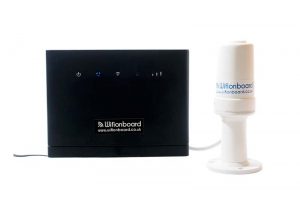
A belt-and-braces version of the WOB router/booster that offers all the features of both the Wi-Fi and mobile data models, combined together in the same unit.
The Red Box
Price: £580
Contact: www.mailasail.com
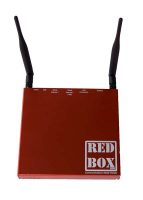
This compact red alloy box has a neat row of ports along one end and two Wi-Fi antennae. It not only acts as a Wi-Fi router, it can also be used to repeat your yacht’s NMEA data via Wi-Fi.
The router accepts Internet connections from a dongle, Wi-Fi hotspot or satcomm system, while its LAN port allows for a direct PC connection. Two USB ports are for the Wi-Fi Bat booster antenna and a 3G/4G cellular dongle or NMEA input. Though compatible with 3G and 4G mobile cellular data via USB input, it doesn’t have its own SIM card slot or antenna.
Advanced features include least-cost routing, meaning it can calculate and automatically activate the cheapest method of connecting to the Internet at any time. It also has its own firewall and a built-in GPS tracker. Installation is just a question of powering up and logging on.
YachtSurfer Surf 4G
Price: £599
Contact: www.yachtsurfer.net

This compact unit offers access to LTE 4G mobile and connectivity for a second WAN connection – be it long range Wi-Fi, VSat or shore-side DSL. It doesn’t offer access to local Wi-Fi hotspots however.
It has two Wi-Fi antenna plugs, two cellular antenna sockets, a GPS socket, a SIM card tray and a Micro-SD card slot, plus sockets for the power input, micro-USB, one LAN and one LAN/WAN port. The bulkhead-mountable unit has an LED indicator panel on the front including a five-bar signal strength meter. It comes with four antennae, but the GPS receiver and external antennae are optional.
The device is configured using a browser page, which contains a huge amount of useful information.
Digital Yacht 4G Connect
Price: £TBA
Contact: www.digitalyacht.co.uk
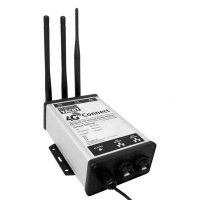
Digital Yacht 4G Connect is a new 2G/3G/4G cellular data access solution utilising the latest MIMO technology with dual antennas for fast, long-range access and incorporating a Wi-Fi router for multiple devices. There are also LAN and WAN ports for wired connections to PCs and satellite modems.
The Standard model has built-in antennae that will provide good performance when in port, while the Pro model has two external high-gain antennae for improved long-range performance. Both come with a built-in Vodafone roaming SIM, but it is unlocked so users are free to use any cellular provider they choose.
Digital Yacht’s WL510 high-gain antenna can also be connected to the WAN port for a choice between Wi-Fi and 4G connectivity.
Glomex WeBBoat 4G+
Price: £899
Contact: www.marathonleisure.com
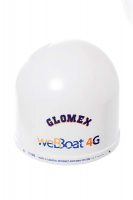
The weBBoat 4G+ has 3G and 4G capabilities, as well as being a hotspot receiver and Wi-Fi router for up to 32 Wi-Fi devices. The unit is housed in a waterproof dome and comes with a 12/24V power lead and a mains 12V adaptor. Dual waterproof SIM sockets take full-size SIM cards and it has three Ethernet WAN/LAN ports for wired network connections.
To activate the router you have to download the Glomex app from the Apple or Android app stores and then register the device using the password provided with the kit. The process is simple, if a little long-winded, taking around 10 minutes.
The device features ‘least cost routing’, that automatically chooses a Wi-Fi hotspot over the cellular network when it can to save money, although this can be easily overruled. It can also choose the cheapest option between two networks, if two data SIMs are fitted.




